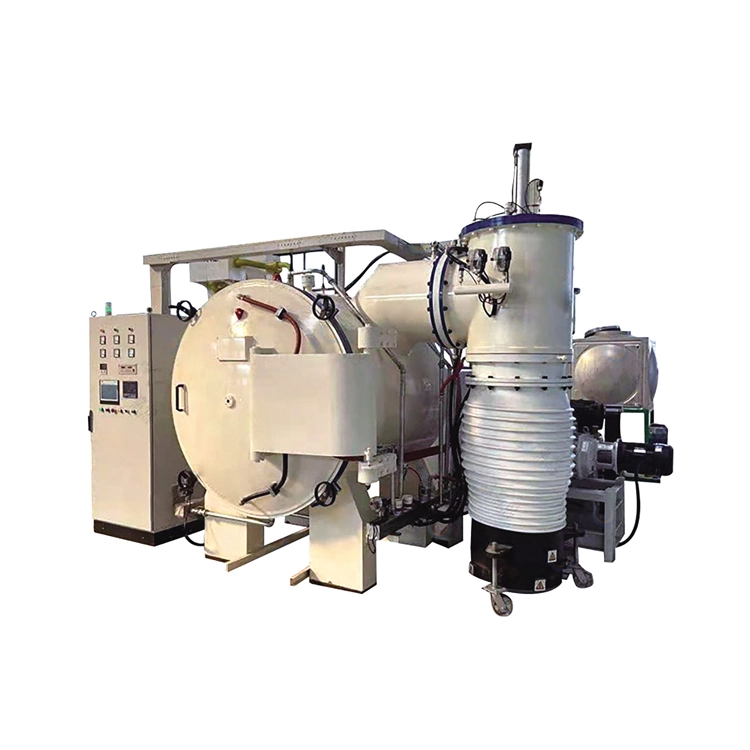Furnace brazing is a precision metal joining process that uses high temperatures and controlled environments to bond metal components. This method is essential in industries such as aerospace, automotive, and manufacturing due to its ability to produce strong, durable joints with minimal distortion. This article provides a comprehensive overview of the furnace brazing process, including its principles, advantages, and applications.

Furnace brazing involves joining metal parts using a filler material that melts at a temperature above 450°C (about 850°F) but below the melting point of the base metals. The process is conducted in a brazing furnace where the temperature, atmosphere, and time are precisely controlled. The filler metal flows into the joint by capillary action and solidifies upon cooling, forming a strong bond between the base metals.
1. Preparation:
Cleaning: Effective brazing requires that the metal surfaces to be joined are free of contaminants such as oxides, oils, and dirt. Common cleaning methods of vacuum brazing furnaces include mechanical abrasion, ultrasonic cleaning, or chemical cleaning.
Fit-Up: Proper alignment of the components is crucial. The parts must be assembled in the correct position to ensure uniform filler metal distribution and strong joint formation.
2. Heating:
Furnace Types: Furnace brazing can be carried out in various types of furnaces, including batch, continuous, or vacuum furnaces. Each type of brazing furnace offers different advantages depending on the production requirements.
Temperature Control: The furnace is preheated to the brazing temperature, typically between 800°C and 1200°C (1472°F to 2192°F). Precise temperature control is essential to ensure that the filler metal melts correctly while avoiding damage to the base metals.
3. Atmosphere Control:
Protective Atmosphere: The brazing furnace environment is controlled to prevent oxidation and contamination. Common atmospheres include inert gases like argon or nitrogen, reducing gases such as hydrogen, or vacuum conditions.
Fluxes: Fluxes may be used to assist in the flow of the filler metal and to protect the metal surfaces from oxidation. They are applied to the joint area before heating and help in cleaning the surfaces during the brazing process.
4. Brazing:
Filler Metal: The filler metal, which has a lower melting point than the base metals, is placed in or around the joint area. As the furnace reaches the brazing temperature, the filler metal melts and flows into the joint through capillary action.
Flow and Bonding: The molten filler metal wets the surfaces of the base metals and forms a metallurgical bond as it cools and solidifies. This bonding occurs due to the formation of intermetallic compounds or diffusion between the filler metal and the base metals.
5. Cooling:
Controlled Cooling: After the brazing process, the furnace is gradually cooled to prevent thermal shock and distortion. Controlled cooling ensures that the brazed joint maintains its strength and dimensional accuracy.
Uniform Heating: The brazing furnace environment provides uniform heating, which helps in achieving consistent joint quality and reducing thermal distortion.
High-Quality Joints: Furnace brazing produces strong, high-quality joints with minimal post-processing required.
Complex Assemblies: The brazing furnace process can handle complex and intricate assemblies with tight tolerances.
Reduced Distortion: The controlled environment and gradual heating and cooling help minimize warping and distortion in the base metals.
Minimal Surface Preparation: Compared to other joining methods like welding, furnace brazing often requires less extensive surface preparation.
Aerospace: Furnace brazing is used to join components in aircraft engines, landing gear, and other critical aerospace applications where high strength and reliability are essential.
Automotive: The brazing furnace process is employed in the manufacturing of automotive parts, including transmission components, engine parts, and heat exchangers.
Manufacturing: Furnace brazing is used in various industrial applications, such as producing pumps, valves, and heat exchangers.
Electronics: The brazing furnace process is used for joining metal parts in electronic devices and connectors, where precision and reliability are crucial.


